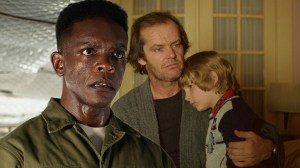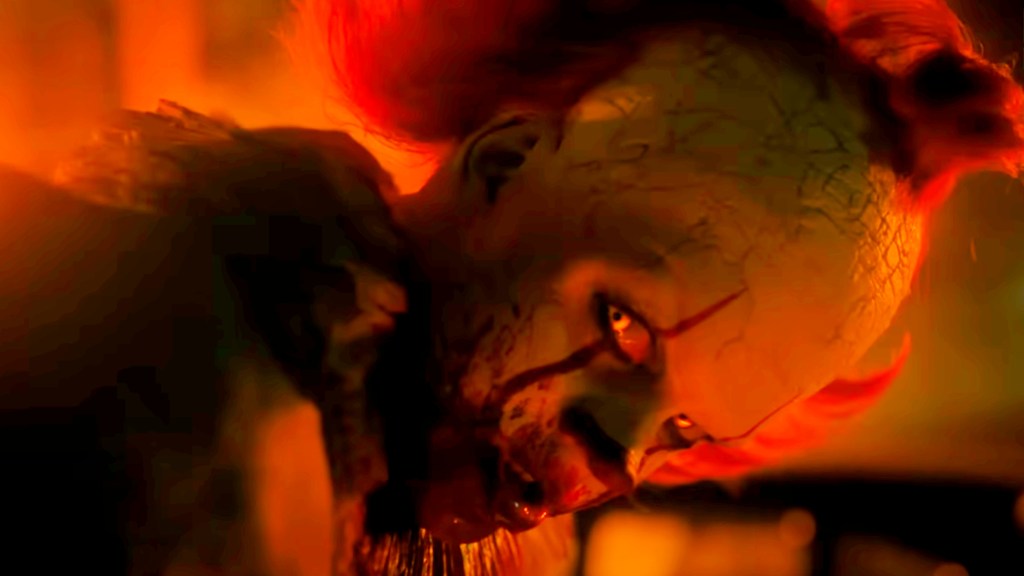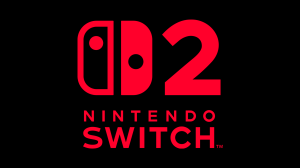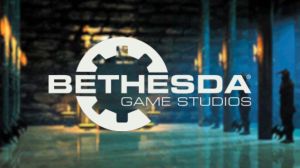While clowns scare a lot of people, even those who aren’t just naturally scared of them are freaked out by Pennywise and for good reason. The terrifying, malevolent entity from Stephen King’s novel It makes clowns the things of nightmares by taking the form of Pennywise The Dancing Clown and terrorizing children in the town of Derry, Maine. But while the idea that Pennywise is scary as all get out, is evil, and enjoys doing awful things to kids are known qualities of the iconic antagonist, there’s actually so much more.
Videos by ComicBook.com
One of the things that King excels at as a writer is building worlds and lore and that’s true for Pennywise or, more accurately, the entity It. There’s a lot of things to unpack about Pennywise — including five things you probably didn’t know about the entity.

5) Pennywise is Connected to The Dark Tower Universe

While Pennywise does not appear in King’s The Dark Tower series, there is a connection between the terrifying entity and that world. It’s established that Pennywise is an ancient, evil, trans-dimensional entity from the Macroverse. That same Macroverse is where Maturin, aka The Turtle is from with it explained that both the Turtle — the benevolent equivalent entity to Pennywise — and Pennywise were both created by a mysterious Other.
The Turtle, as it turns out, is not just Pennywise’s nemesis but is also one of the guardians of the Beams that helps the Dark Tower. Because Pennywise and Maturin are both of the Macroverse and are opposites to one another, the two entities are connected, even with Pennywise never appearing in The Dark Tower stories.
4) Pennywise Does Appear in Other King Books

While Pennywise doesn’t appear in The Dark Tower books, the terrifying entity does appear in other of King’s novels, just not as a main character as they do in It. Other books that Pennywise appears in include a mention by name in 11/22/63, Gray Matter, Dreamcatcher, and Insomnia. The character also seems to appear in The Tommyknockers.
What’s interesting about this is that King’s books don’t necessarily exist in the same universe. That also hasn’t stopped King from placing unusual connections between different books that are otherwise unrelated and it would seem that the Pennywise references and appearances are, in some cases, part of that. It makes for fascinating detail for readers — or a complex mystery if you’re into fan theories about such things.
3) Pennywise Isn’t All-Powerful

While Pennywise seems like they are an all-powerful entity, that is actually not the case. It’s established in King’s books that It takes on different forms — meaning It isn’t always in the form of Pennywise the Clown. However, It also takes on the general limitations that form has. It has to more or less operate within those limitations.
That means that It — especially in Pennywise form — can be hurt, can bleed, and can otherwise be physically defeated. Additionally, It has their own weaknesses even in more powerful forms and King establishes that feelings other than fear, such as courage, can defeat the entity.
2) Pennywise Isn’t It’s Only Form

That naturally flows into this one: Pennywise isn’t It’s only form. One of the things that is established is that It is a shapeshifter. Pennywise is just one It’s forms. With It having been around for a very long time, the entity has taken on many different forms. Some noted forms It has taken include The Mummy, Dracula, a werewolf, various other supernatural monsters and even the shark from Jaws.
The shapeshifting has a purpose. It chooses the form to appear in so as to best facilitate scares. Whatever scares children at the time It is around — which is roughly every 27 years since the 1700s — that’s the form It takes.
1) There’s a Disturbing Reason It Scares Children

With It being a powerful and supernatural entity, it would seem logical that It does not actually need to scare children. It turns out, however, that there is actually a reason for the terror and it’s pretty unsettling. The reason It terrorizes children and why Pennywise is so frightening even for a clown is that scaring children make them taste better.
That’s a somewhat simplistic way of explaining it, but for It, the fear is the real purpose of the meal and for the entity, when the victim is terrified, the fear they experience is essentially seasoning. Physically eating the kids is more the secondary aspect of the whole consumption process — the fear is the real treat — which is pretty damn terrifying if you think about it.
What do you think? Leave a comment below and join the conversation now in the ComicBook Forum!








